The views expressed in our content reflect individual perspectives and do not represent the authoritative views of the Baha'i Faith.
What does standing up for racial justice look like? What behaviors does it require? What actions does it necessitate?
RELATED: How to Be a Better Ally for Racial Justice
Learn from Sadie Oglesby, a historical Black Baha’i from Boston, who understood how urgent it was for everyone to make working for race unity a priority. She and her husband Mabry became Baha’is in 1914 and spoke about what standing up for racial justice and unity entails.
Standing Up for Racial Justice: Sadie and Mabry Oglesby’s Response to the Red Summer of 1919
In the early 20th century, hundreds of thousands of African Americans migrated from the South to the Northeast, Midwest, and West to flee from the racial violence and massacres and the return of the Ku Klux Klan.
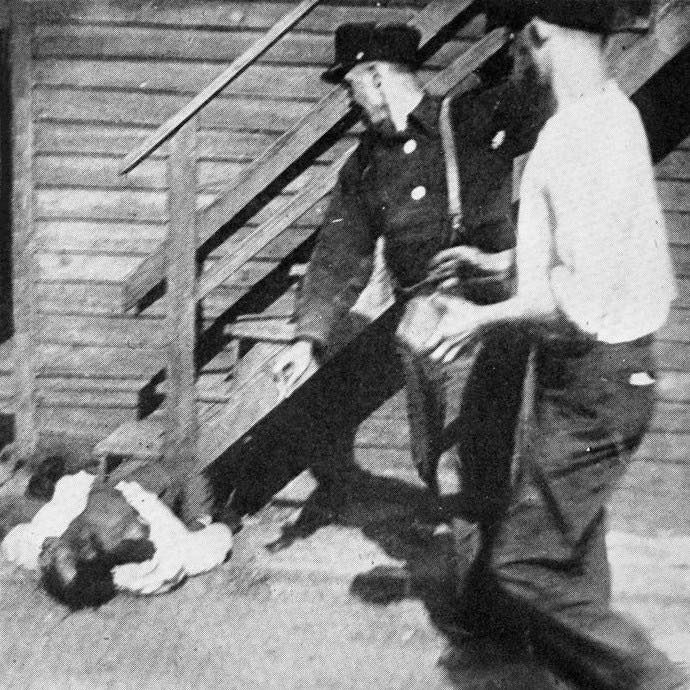
The central figures of the Baha’i Faith understood the urgent need to work for race unity and eradicate racism from society. Shoghi Effendi, the Guardian of the Baha’i Faith, wrote:
No less serious is the stress and strain imposed on the fabric of American society through the fundamental and persistent neglect, by the governed and governors alike, of the supreme, the inescapable and urgent duty—so repeatedly and graphically represented and stressed by ‘Abdu’l-Bahá in His arraignment of the basic weaknesses in the social fabric of the nation—of remedying, while there is yet time, through a revolutionary change in the concept and attitude of the average white American toward his Negro fellow citizen, a situation which, if allowed to drift, will, in the words of ‘Abdu’l-Bahá, cause the streets of American cities to run with blood, aggravating thereby the havoc which the fearful weapons of destruction, raining from the air, and amassed by a ruthless, a vigilant, a powerful and inveterate enemy, will wreak upon those same cities.
During this period, as stated by the U.S. National Archives and Records Administration, “the political and legal gains won by African Americans during Reconstruction were dismantled, particularly by denying African Americans their voting rights and legalizing racial segregation, most notably in the 1896 U.S. Supreme Court decision Plessy v. Ferguson, which made racial segregation legal until 1954. In addition to those suffering these political and legal injustices, thousands of African Americans were hanged, burned to death, shot to death, tortured, mutilated, and castrated by white mobs who almost never were prosecuted for their crimes.”
The Red Summer was a pattern of violence that white Americans inflicted on African American individuals, veterans, homes, and communities after World War I during the summer of 1919. More than 24 cities had their own Red Summers, including but not limited to, Elaine, Arkansas, Charleston, Chicago, Houston, and Washington D.C. In Chicago, for example, white rioters burned down at least 1,000 Black homes, and they never faced any consequences.
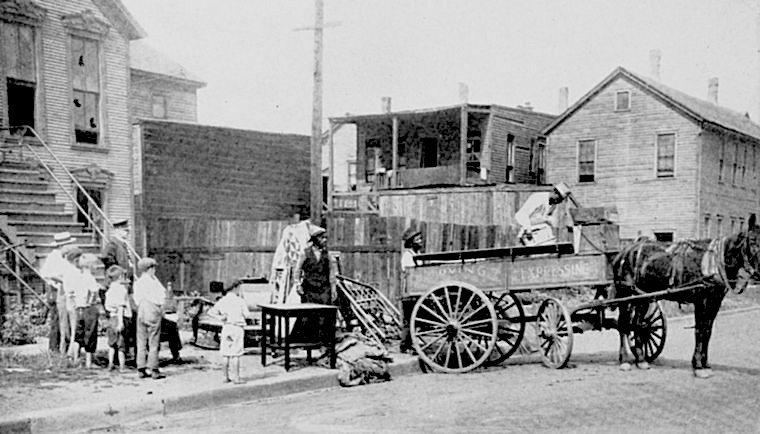
“These hate campaigns are on in every group being fanned into flames so rapidly by the ignorant that it does not require one to be a prophet to see that society is sleeping on an active volcano which shows every sign of eruption at any moment,” wrote Sadie and Mabry Oglesby in their letter dated September 1, 1919, to a fellow Baha’i after the riots in Washington, D.C., and Chicago.
“We believe that the Bahá’ís have a great opportunity as well as a great responsibility to bring this great life-giving information to the world. … To this end we suggest the following for your consideration: 1st. United prayers over a continued period. … 2nd. Conference initiated by Bahá’ís visiting together leaders of races, churches, groups. … We believe that the general unrest at this time properly handled can be used to stimulate great Bahá’í activities everywhere and will be the means of opening many doors for spreading the Cause never before opened. ‘To sit to talk, to listen—there is no virtue in that. To rise, to act, to help—that is a Baha’i life. Deeds are the standard.’”
As Baha’u’llah, the prophet and founder of the Baha’i Faith, wrote:
Let deeds, not words, be your adorning.
Between 1921 and 1936, Baha’is hosted race amity conventions in major cities across the country to bridge the racial divide during segregation.
What Sadie Oglesby Learned About the Importance of Working for Unity in Diversity After Meeting Shoghi Effendi
Sadie and her daughter Bertha made history by being the first African American women to go on a Baha’i pilgrimage and visit Acre and Haifa, Israel in 1927. Sadie was also the first African American to meet Shoghi Effendi during his time in Haifa as the Guardian of the Baha’i Faith.
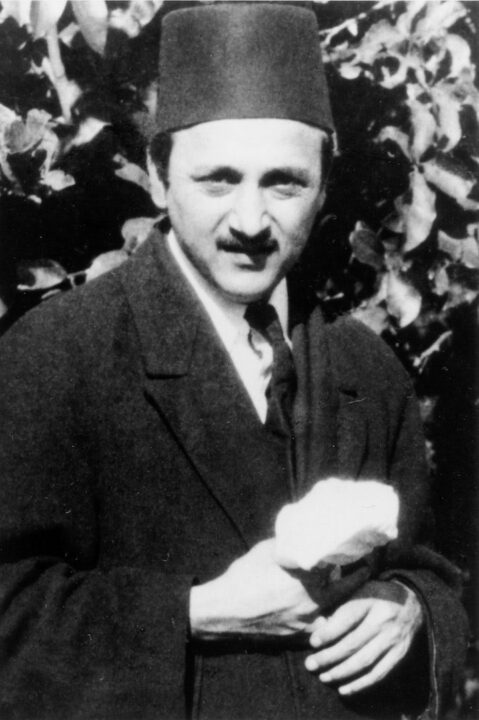
In Sadie’s first conversation with Shoghi Effendi, he asked her how many Black Baha’is there were in the United States. It’s important to keep in mind that the two major racial demographics during this time in the United States were white and Black people. When Sadie told him that there were very few, he — using the respectful terminology to refer to Black people at the time — said that Abdu’l-Baha, one of the central figures of the Baha’i Faith, “loved the colored people very much and that the Cause needs the colored people and cannot be established without them.”
Shoghi Effendi stressed how important diverse representation was in the Baha’i Faith. According to Sadie’s notes, he said, “a colored believer should be elected upon each committee even if it required that the same one be elected upon each committee.”
Before American scientists widely published data that all humans descend from a common ancestor in Africa, Sadie understood this truth about humanity’s origins. She said, “Shoghi Effendi, it presents itself to me thuswise: since the infancy of the human family, races and nations one after another have arisen and fallen in their long march around the cycles and to maturity and at this time, the oldest race represented upon the earth is the colored race, while the youngest or last to have attained a high civilization is the white race, and in order to close this cycle and save the civilization of this day, the oldest and youngest or first and last, that is the white and colored, or outer ends of the cycle must link together, then the inner, or intermediate races will automatically take their places in the circle.”
Shoghi Effendi said, “That is true, but if we fail to do this, we will be dispersed.”
Shoghi Effendi encouraged her to share the unifying messages of the Baha’i Faith in the South when she felt that she had done everything she could in the Northeast. He also emphasized how important it was for Baha’is to speak up about racism and be perfect examples of race unity.
Sadie recorded her last conversation with Shoghi Effendi. He told her, “You must be earnest and constant in your effort to press to the understanding of the believers the vital need of a perfect unity between the white and colored people. Be eager, earnest and forceful in this matter, and be assured that the invisible concourse will assist you in your work and we will support you, I will pray for you, I will pray for you at the Holy Shrine. I will pray for you. Be confident.”
Sadie did as Shoghi Effendi asked her to when she returned to the U.S. At the 1927 National Baha’i Convention, she spoke extensively about her conversations with Shoghi Effendi about the urgency of working for race unity. She said, “We are not the same people we were before we went away. …So I know what my work is now, as I never knew it before.”

For the next ten years, Sadie worked tirelessly to bridge the racial divide at a time when it was dangerous to do so in the U.S. She regularly wrote to Shoghi Effendi and updated him about her efforts. And, he always answered her letters and prayed for her success.
In a letter Shoghi wrote to Mabry dated May 23, 1927, he wrote, “My dear co-worker: Just a word that I wish to add in person in order to express my pleasure and delight at having met our dear and devoted Baha’i sister Mrs. Oglesby, whose pure faith, tender devotion and ardent zeal I shall ever remember.”
In a letter written by Shoghi Effendi to the Bahá’ís of North America in 1938, he wrote:
As to racial prejudice, the corrosion of which, for well-nigh a century, has bitten into the fiber, and attacked the whole social structure of American society, it should be regarded as constituting the most vital and challenging issue.
…The ceaseless exertions which this issue of paramount importance calls for, the sacrifices it must impose, the care and vigilance it demands, the moral courage and fortitude it requires, the tact and sympathy it necessitates, invest this problem, which the American believers are still far from having satisfactorily resolved, with an urgency and importance that cannot be overestimated.
May we all heed the wise words of Shoghi Effendi and follow the fearless examples of the Oglesbys in our efforts to work for racial justice and unity today.
You May Also Like
Comments



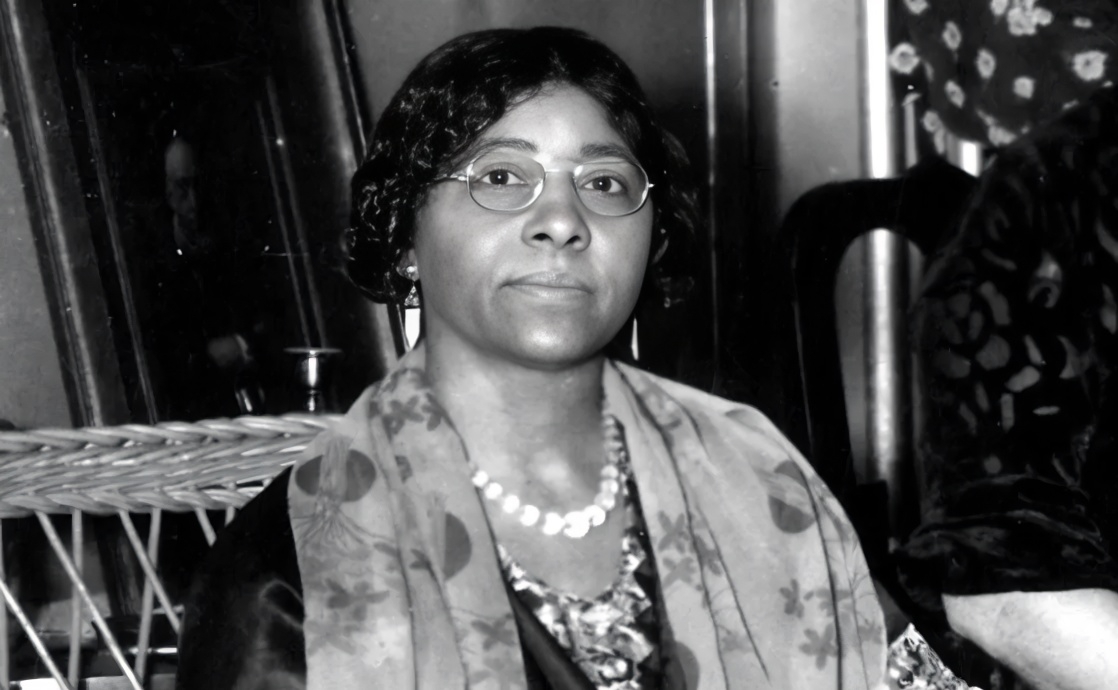


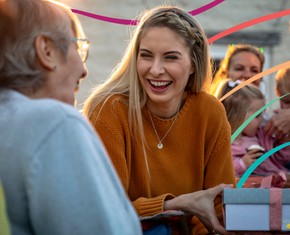
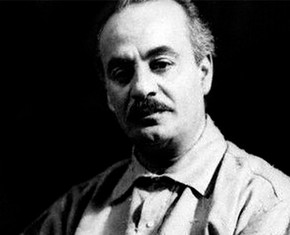









Thank you. Michael